Fungal Hemicellulase Enzyme 20 KG
PRODUCT NAME: Fungal Hemicellulase Enzyme
CLASS: Enzyme
DESCRIPTION AND CONTENT: Fungal hemicellulase is an enzyme of fungal origin and is specifically tasked with breaking down complex carbohydrates called hemicellulose found in plant cell walls.
Hemicellulose is an important component of plant cell walls and is found together with other components such as cellulose and lignin. Hemicellulase enzymes break down these complex structures, allowing them to be dissolved into single sugar units.
APPEARANCE Light to dark yellow substance
SOLUBILITY Soluble in water.
Packaging: 20 kg carton box
Fungal Hemicellulase Enzyme and Its Importance in Bread Production
Fungal hemicellulase enzyme plays an important role in bread production, especially in terms of improving the workability of dough, increasing the water-holding capacity and improving bread quality. In this article, various effects of fungal hemicellulase in bread production and correct dosing methods will be emphasized.
Properties of Fungal Hemicellulase:
The fungal hemicellulase enzyme interacts between gluten and water, increasing the elasticity of the dough. This allows for better dough processing and helps to achieve the desired textural characteristics in the final product. It also improves bread quality by increasing the water-lifting capacity of the dough.
Effects on Bread:
Surface Moisture and Workability: Fungal hemicellulase increases the surface moisture content of the dough, allowing a more comfortable growth and improving the workability of the dough. This optimizes the bread production process.
Gas Retention and Volume: It increases the volume of bread by keeping the gas generated during baking in the dough. Thus, the bread has a more fluffy and showy appearance.
Crust and Pore Structure: Fungal hemicellulase makes the bread crust thin and crisp. It also improves bread quality by regulating the internal pore structure.
Ease of Cutting and Inner Softness: The fungal hemicellulase in the bread allows for smoother cutting during slicing and makes the bread softer inside. This meets the quality standards consumers expect from bread.
Dosage
The correct dosage of fungal hemicellulase is usually recommended between 0.5 – 2.0 g per 50 kg of flour. However, the rate of use in specific applications should be determined by testing. It is important to determine the optimal dosage as each producer has different dough characteristics, type of flour used and production processes.
The fungal hemicellulase enzyme is an important component in bread production. This enzyme provides a range of positive effects from dough processing to the baking process, ultimately contributing to the production of high quality and delicious bread. With the right dosing, the desired properties are achieved in production and consumer expectations are met.
Functional Features:
Hemicellulose has unique functional properties, including the ability to form gels and improve viscosity. In the milling industry, these properties can be valuable in modifying the texture and rheological properties of dough or other milled products.
Water Absorption: Hemicellulose has the ability to absorb water and this can be useful in formulations where water retention is important. This property can contribute to better moisture retention in milled products.
Texture Improvement: Hemicellulose can contribute to the overall texture and mouthfeel of ground products. It can potentially improve the softness, chewiness or other textural characteristics of baked products.
Resting the Dough In the production of bakery products, including bread and pastries, certain ingredients are used to thicken the dough. Hemicellulose can be investigated as a natural ingredient with dough softening properties.
Enhancing Nutritional Value: Depending on the source and composition, hemicellulose may contain dietary fibers. If fungal hemicellulose is used in the milling industry, it can contribute to the dietary fiber content of the final products.
Gluten-Free Formulations: For gluten-free products, alternative ingredients are often sought to mimic the structure and properties of gluten. Hemicellulose with its gelling and water absorption properties can be considered in such formulations.
It is important to note that the specific applications and benefits of mushroom hemicellulose in the milling industry will depend on the properties of the hemicellulose produced by the fungi and the specific requirements of the products produced. Research and development in this area is ongoing and industry applications may evolve over time.
For the most up-to-date and detailed information on the use of fungal hemicellulose in the milling industry, it is recommended to consult the latest scientific literature, industry publications or contact experts in the field.

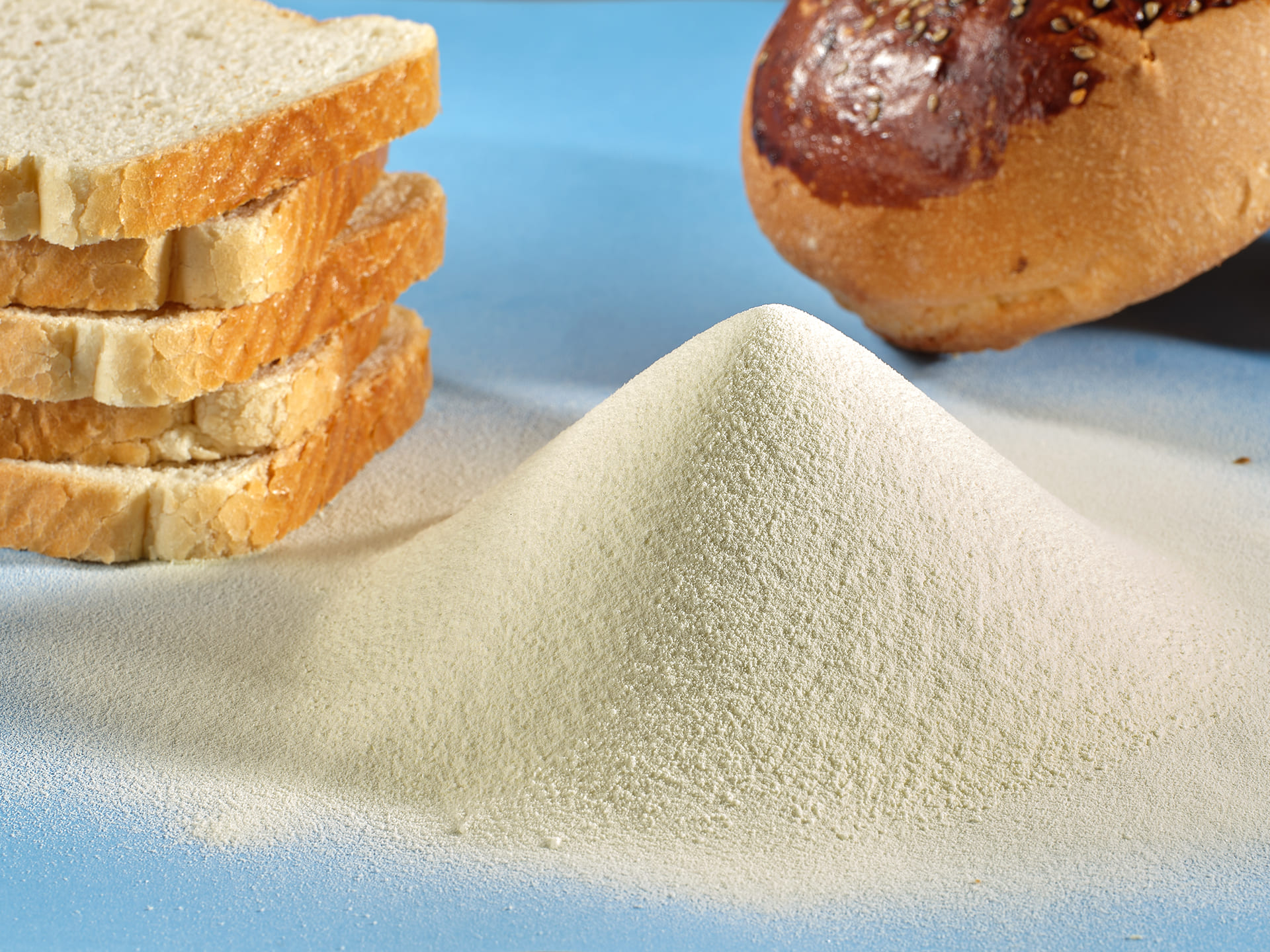

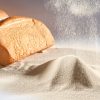
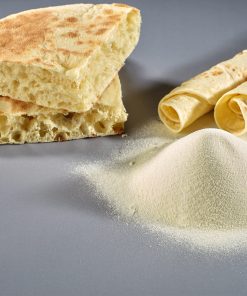
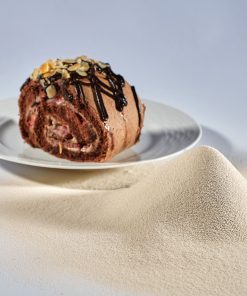
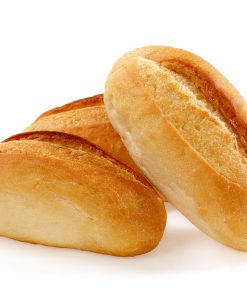

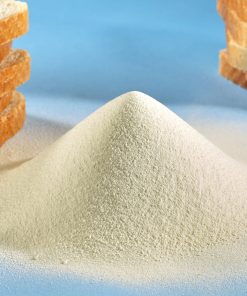

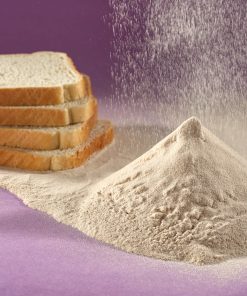
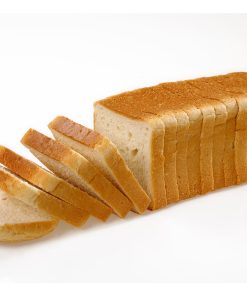

Reviews
There are no reviews yet.